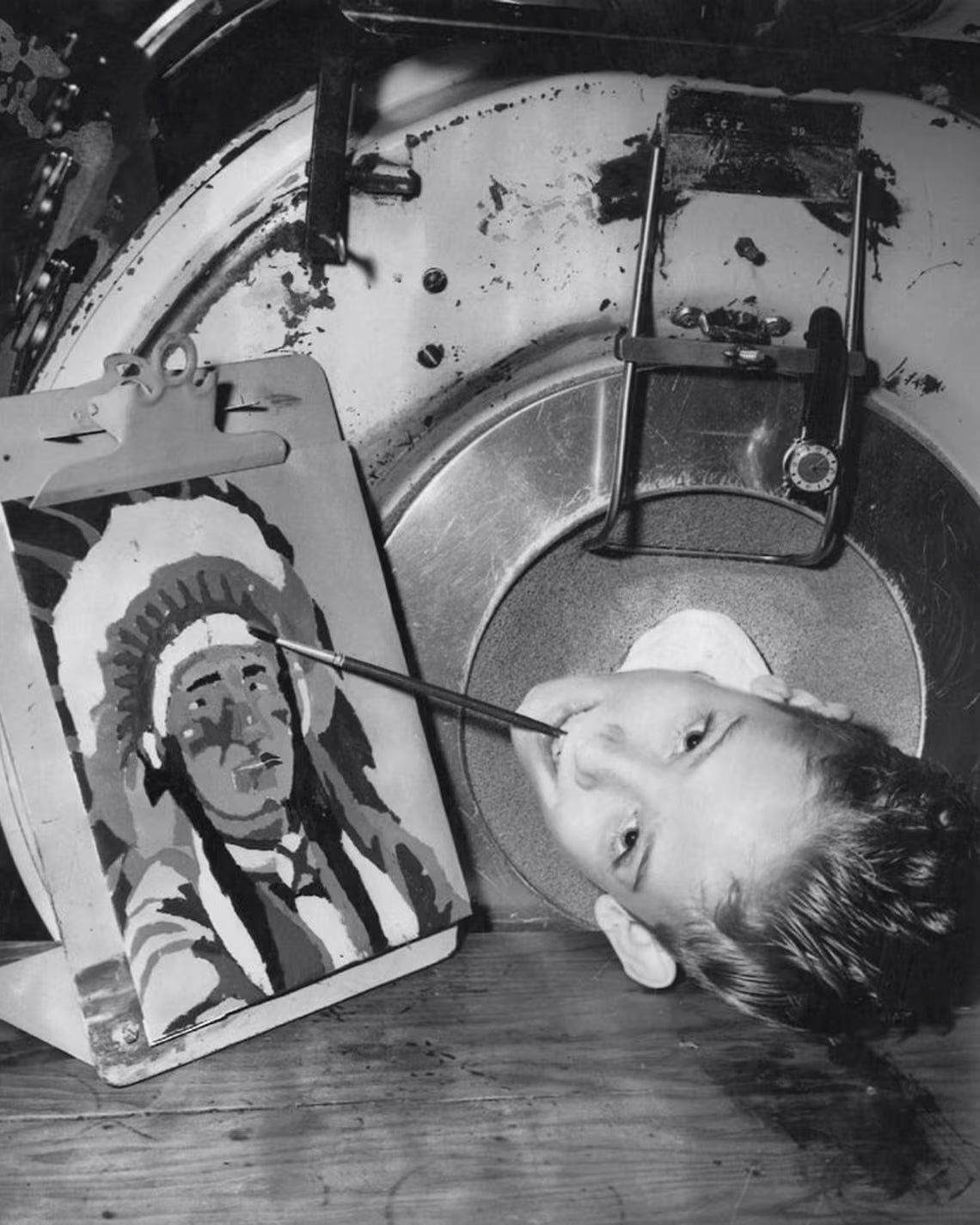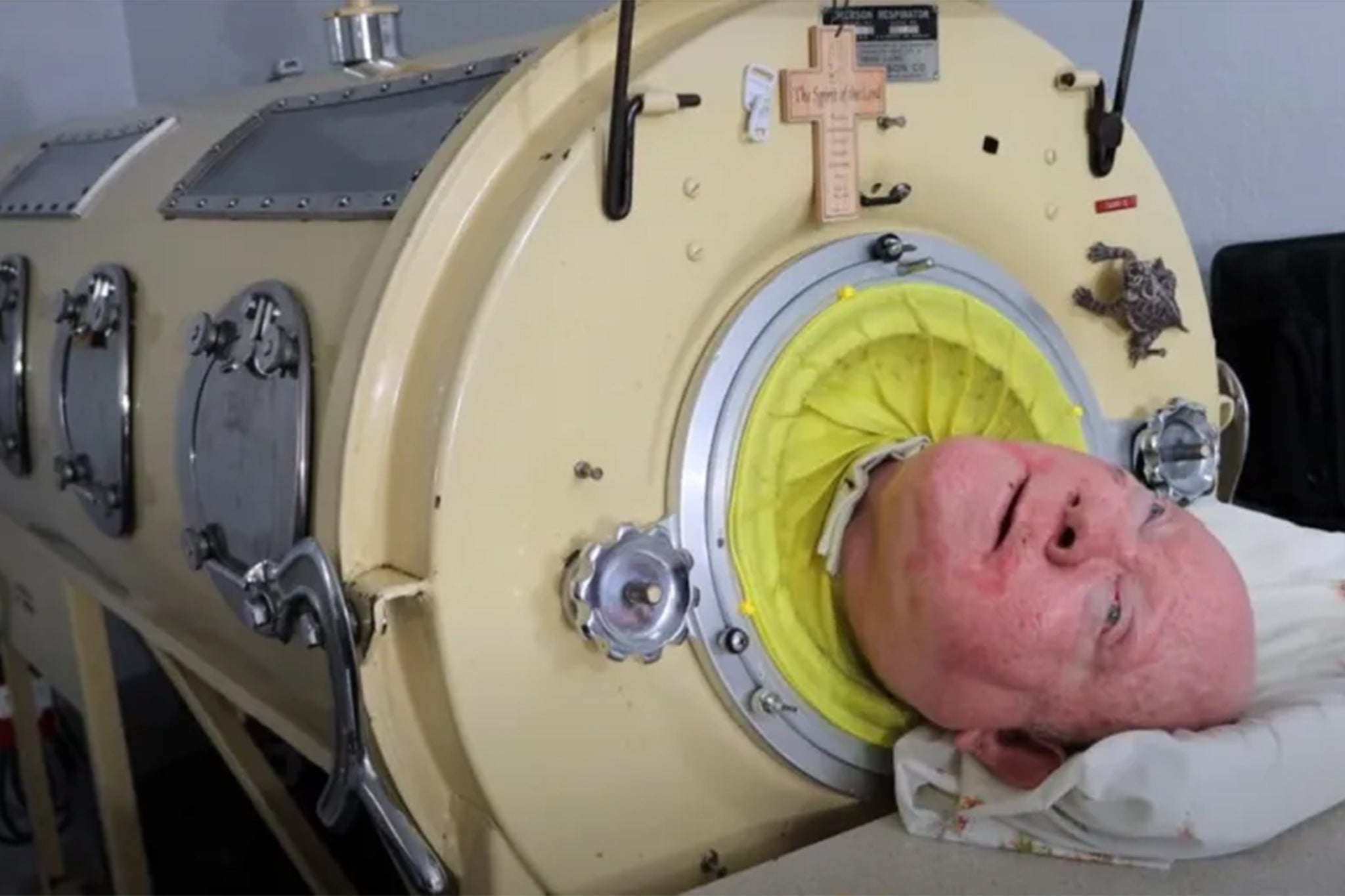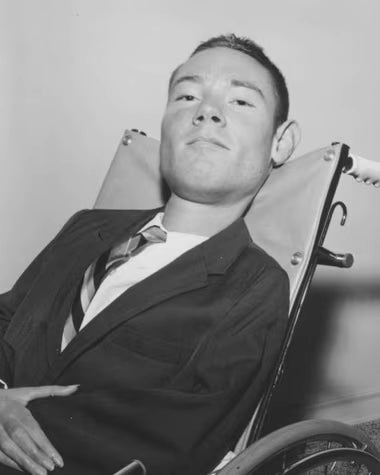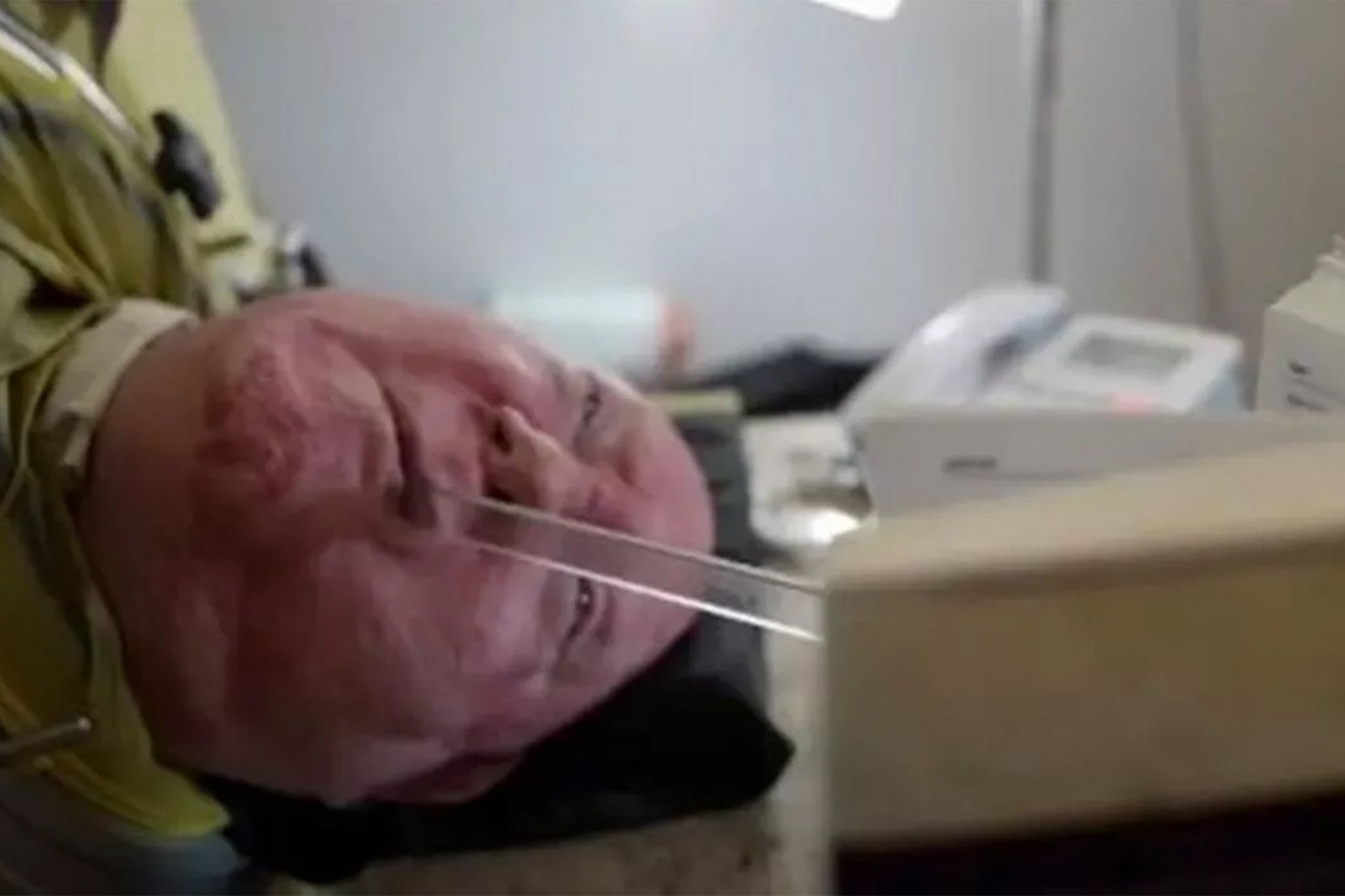Paul Alexander: ‘Man in the iron lung’ dies after living in tank for 70 years
Paul Alexander, of Dallas, Texas, was paralysed by polio in 1952 and spent the rest of his life living in an iron lung
Your support helps us to tell the story
From reproductive rights to climate change to Big Tech, The Independent is on the ground when the story is developing. Whether it's investigating the financials of Elon Musk's pro-Trump PAC or producing our latest documentary, 'The A Word', which shines a light on the American women fighting for reproductive rights, we know how important it is to parse out the facts from the messaging.
At such a critical moment in US history, we need reporters on the ground. Your donation allows us to keep sending journalists to speak to both sides of the story.
The Independent is trusted by Americans across the entire political spectrum. And unlike many other quality news outlets, we choose not to lock Americans out of our reporting and analysis with paywalls. We believe quality journalism should be available to everyone, paid for by those who can afford it.
Your support makes all the difference.A man who lived inside an ‘iron lung’ for seven decades after contracting polio as a child has died.
Paul Alexander was paralysed from the neck down after contracting the virus in 1952. He died on Monday after being taken to hospital with Covid.
When he was six years old, Mr Alexander was rushed to hospital after falling ill with a fever and aching limbs.

His condition deteriorated and a doctor performed a tracheotomy on him to remove the congestion from his lungs following his polio infection.
He woke up inside a metal cylinder, known as an ‘iron lung’ which he lived in for most of the rest of his life, covering his entire body except his head.
The iron lung acted as a diaphragm to help Mr Alexander breathe after the polio infection destroyed his internal functions.
The device worked by air being sucked out of the cylinder by a set of leather bellows powered by a motor, and the negative pressure forced his lungs to expand.

When the air was pumped back in, the change in pressure deflated his lungs, keeping him alive.
At first, he was unable to move or talk inside the metal casing, and would often go unwashed because he was unable to communicate with the nurses looking after him.
He was eventually moved from the hospital to his home in Dallas, Texas, and his father placed a clear plastic stick, flat and about a foot long with a pen attached, which he used to write and push buttons on devices such as mobile phones.
Later, he learned to breathe by himself and was able to spend short periods of time outside the iron lung and got into university, obtaining a law degree and even practising law.

He also published his memoir in April 2020.
He was one of many children placed inside iron lungs during an outbreak of polio in the US during the 1950s.
Iron lungs were also used in the UK. The last person to use an iron lung in the UK died in December 2017, aged 75.
“I knew if I was going to do anything with my life, it was going to have to be a mental thing,” he told The Guardian in 2020.
Tributes flooded in for Mr Alexander following his death.

“Paul, you will be missed but always remembered,” said Christopher Ulmer, who set up a GoFundMe page to help pay for Mr Alexander’s care costs.
“Thanks for sharing your story with us.”
His brother Philip previously thanked all those who had donated to the fundraiser.
“I am so grateful to everybody who donated to my brother’s fundraiser,” he said.

“It allowed him to live his last few years stress-free. It will also pay for his funeral during this difficult time.
“It is absolutely incredible to read all the comments and know that so many people were inspired by Paul.”
Polio is a serious infection that is now very rare in both the US and UK because of a vaccination programme.
It is now only found in a few countries and the chance of getting it is very low.
Health officials declared a national incident after the polio virus was identified in sewage samples taken from London between February and May 2022, but no associated cases appeared to have been identified.
There have been no confirmed cases of paralysis due to polio caught in the UK since 1984.
In the late 19th and early 20th centuries, frequent epidemics saw polio become one of the most feared diseases in the world.
A major outbreak in New York City in 1916 killed more than 2,000 people, and the worst recorded US outbreak in 1952 killed over 3,000.

Join our commenting forum
Join thought-provoking conversations, follow other Independent readers and see their replies
Comments